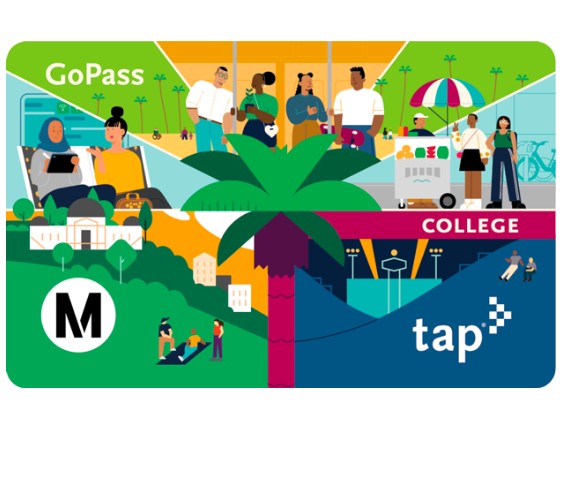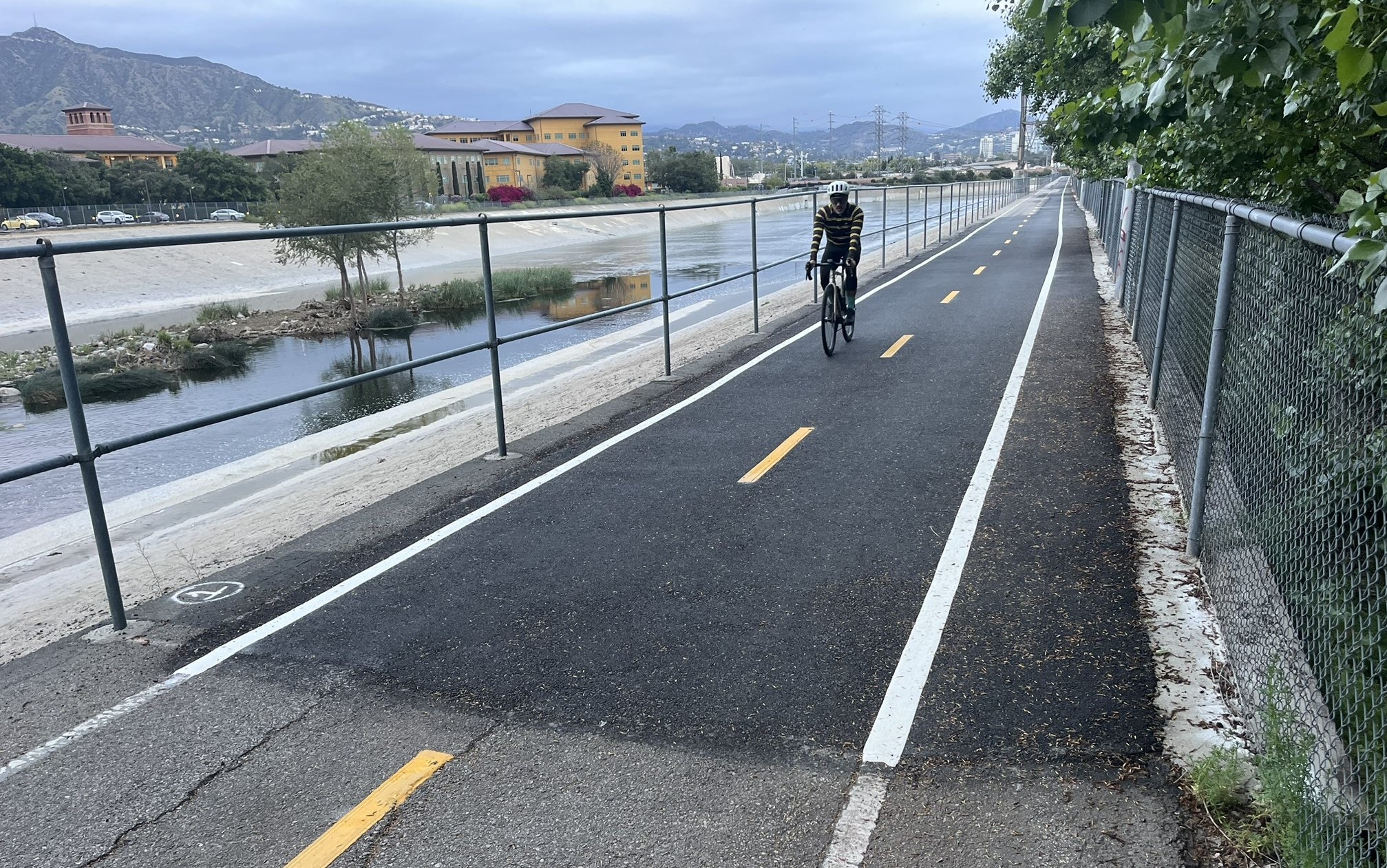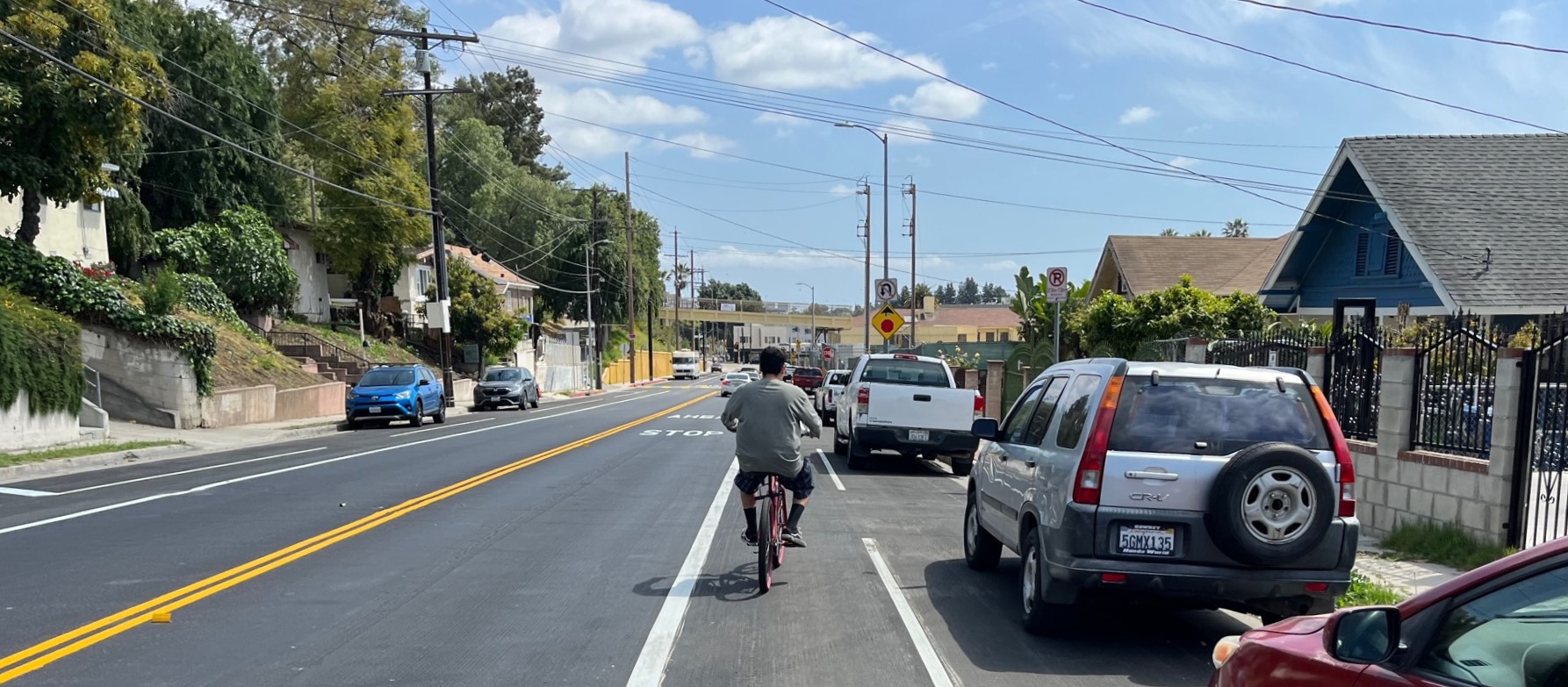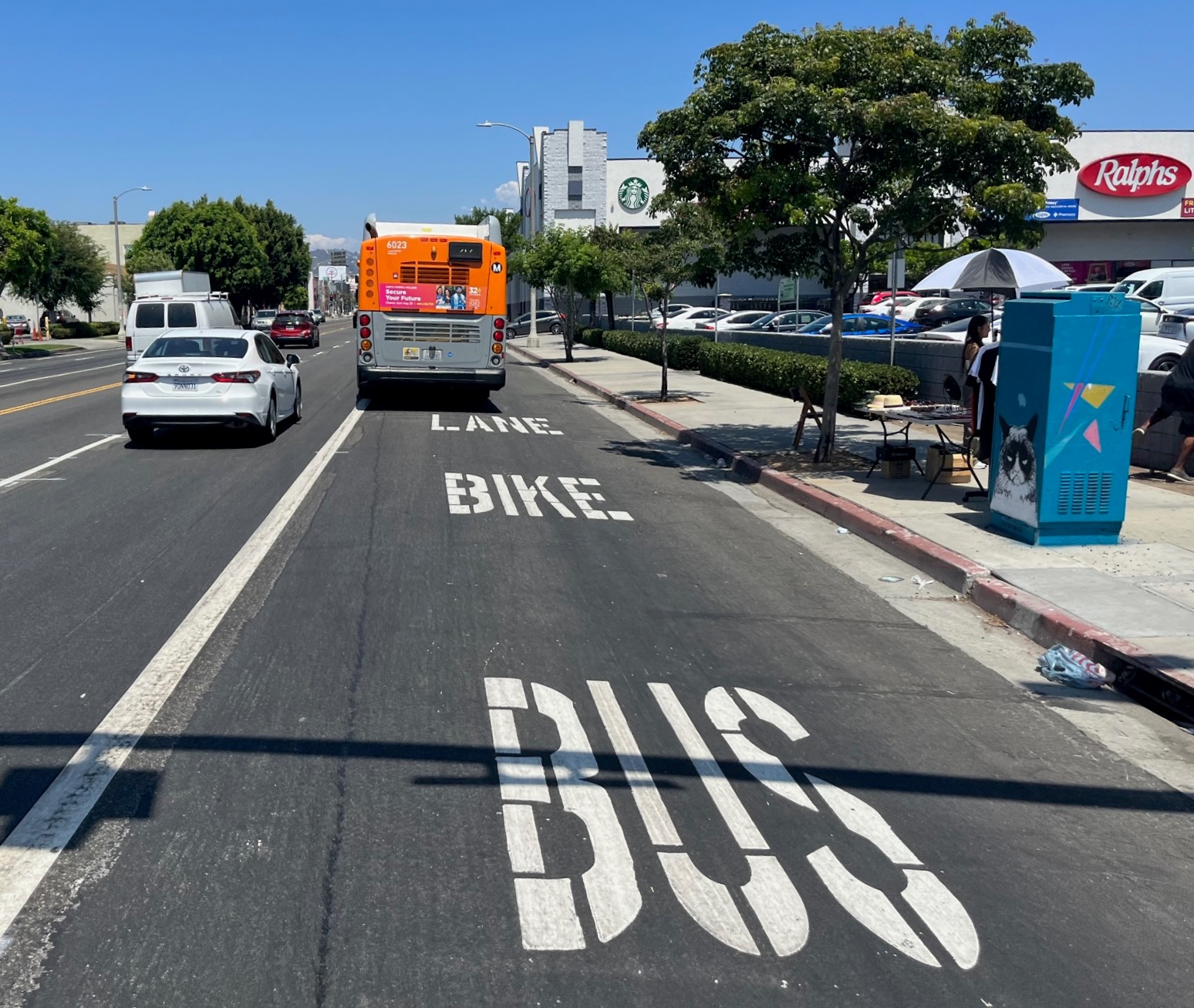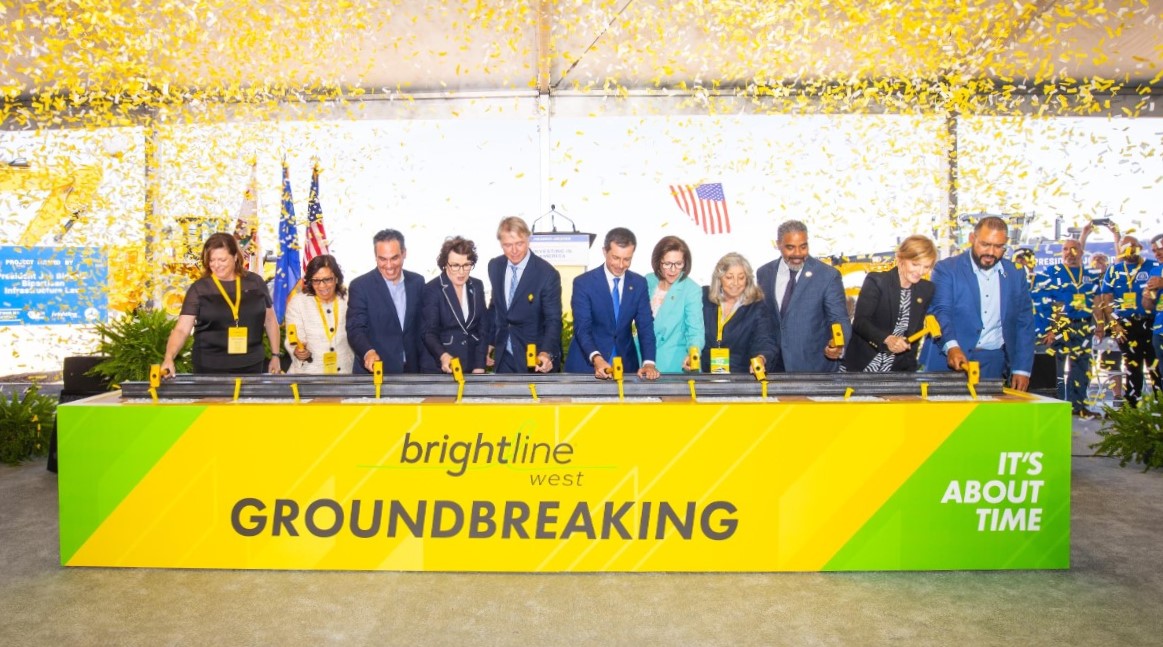It was a privilege and honor for my artwork to represent the United States at the United Nation Habitat organized World Urban Forum (WUF) in Brazil. The theme of the fifth biannual conference was The Right to the City: Bridging the Urban Divide. The Forum was established by the United Nations in 2002 to examine urgent problems facing the world today. The conference focused on rapid urbanization and its impact on cities, economies, climate change, and policies. It brought together over 17,000 participants including government leaders, ministers, mayors, diplomats, regional and international associations, community groups, and practitioners. The US delegation was comprised of high-level staff from the White House Office of Urban Affairs, the US Department of Housing and Urban Development (HUD), the State Department, the United States Agency for International Development, and the United States Department of Agriculture. This year, HUD Secretary Shaun Donovan led the US delegation.
As part of the WUF conference, there was an exhibition area where various nations, public institutions, and non-government organizations could set up booths to showcase their work. HUD staff invited me to participate in the conference's USA Exhibition booth. This booth served as a gathering area for host speakers from the US Delegation, which allowed me to meet many of the high-ranking staff.
The USA booth featured an interactive model of a car-free Rio I created. HUD recognized my innovative approach to engage, empower, and excite the general public about sustainable urban planning. HUD believed that this public participation method is a useful educational tool providing community residents the opportunity to envision the urban planning process and solve urban problems. My model was thirty inches wide and six feet long and was placed on a 40-inch-high table, which made it very accessible to the public. The model was a representation of Rio's beaches, mountains and street grid. The model - along with a life-size poster of President Obama - made our booth particularly playful.
Hundreds of participants visited the US booth daily. Many people were fascinated by the vibrant colors, recycled materials and the purpose of the interactive model. Once attendees were aware that they could touch the model, many became fascinated with rearranging it. This allowed me to engage with attendees from all over the world ranging from heads-of-state to casual passers-by.
Anna Tibajuka, Under-Secretary-General of the United Nations and Executive Director of UN-HABITAT, was fascinated by the model. I explained to her how it breaks down the planning process into clearly understandable parts. Her response was to remove some of the favelas lining the hillside areas of the model and replace it with new housing. The United States Ambassador to Brazil, Clifford Sobel was interested in the interactive model and thought is was an important tool for engaging communities in the planning process. Maria Otero, State Department, Undersecretary of State for Democracy and Global Affairs was happy to see the model. Mercedes M. Márquez, Assistant Secretary Community Planning and Development, Housing and Urban Development also former general manager of the City of Los Angeles Housing Department enjoyed the model as well.
Africans, Latin Americans, and Europeans all worked together making modification to the model. Two guys from Norway turned every building into one story while a German guy attempted to build the highest building. An Indian gentleman said he is going to create a model like this back home for his children. A group of Afghanis were fascinated by this process and spoke to me in broken English as to how I could help them back home. A young Polish couple though this would be a great way to revision Warsaw. A young boy from The Congo played with the model for over an hour, making changes big and small model. Still others demand more open space and parks in the model. Dozens of Brazilians were very happy that I made their fair city car free since traffic is a problem in Rio.
From the hundreds of responses I received from participants form all over the globe is that they all share the same values toward the cities. They want decent housing, public transportation, open space and a sustainable future for their communities.
The interactive car-free Rio model was a big success because it illustrated how, given the right tools, we can all work together to shape the future of cities.
For more information www.unhabitat.org/wuf
My next project is to help the City of New Orleans.

